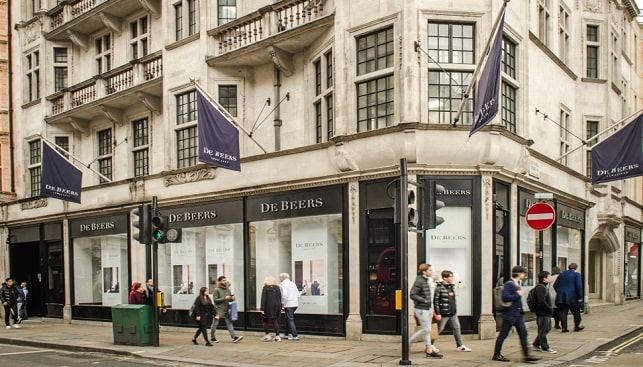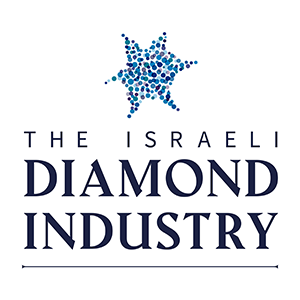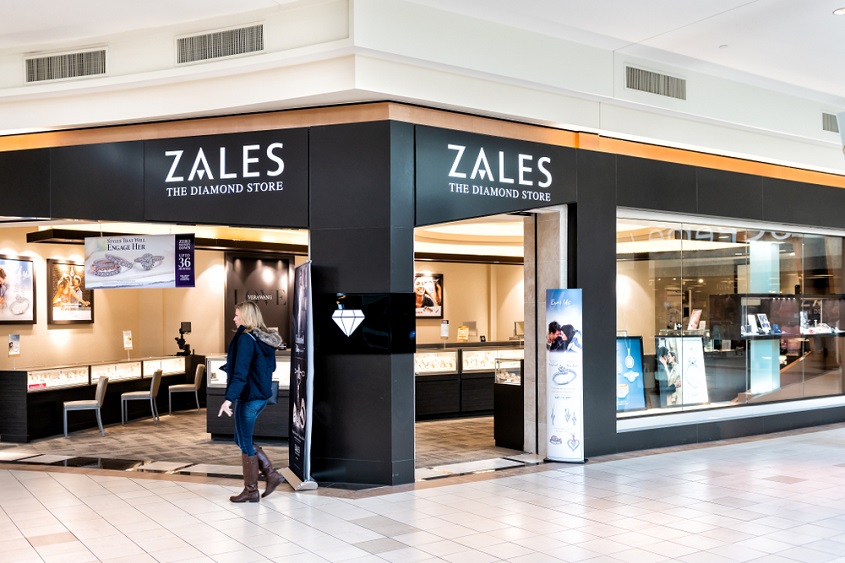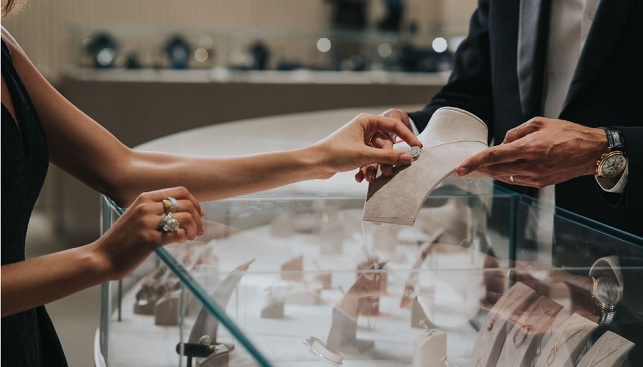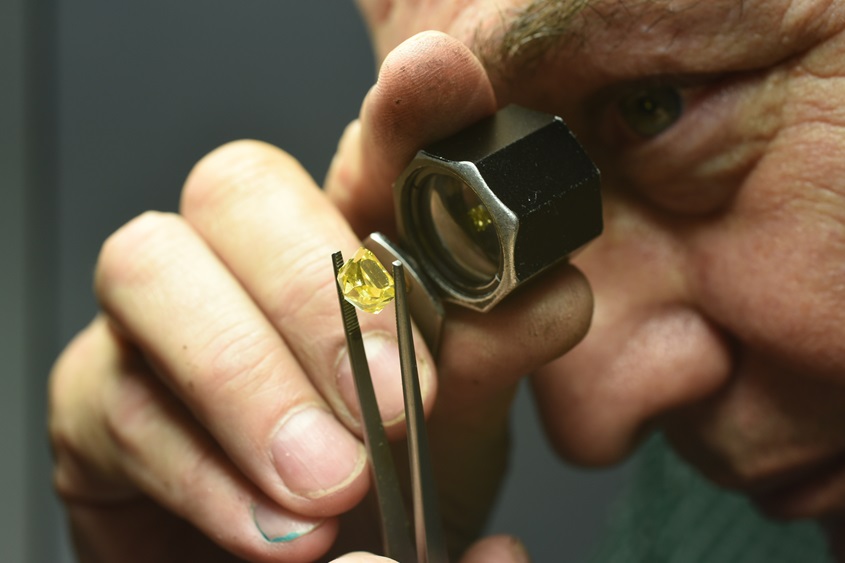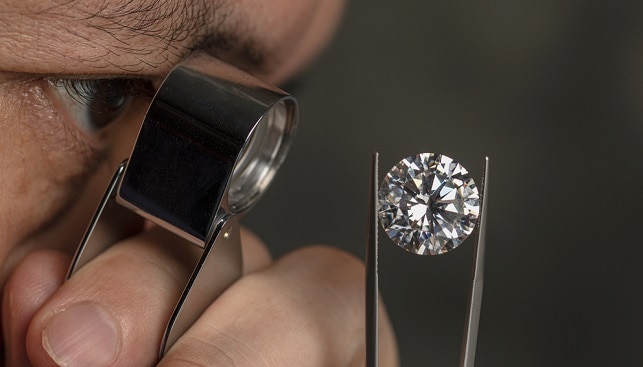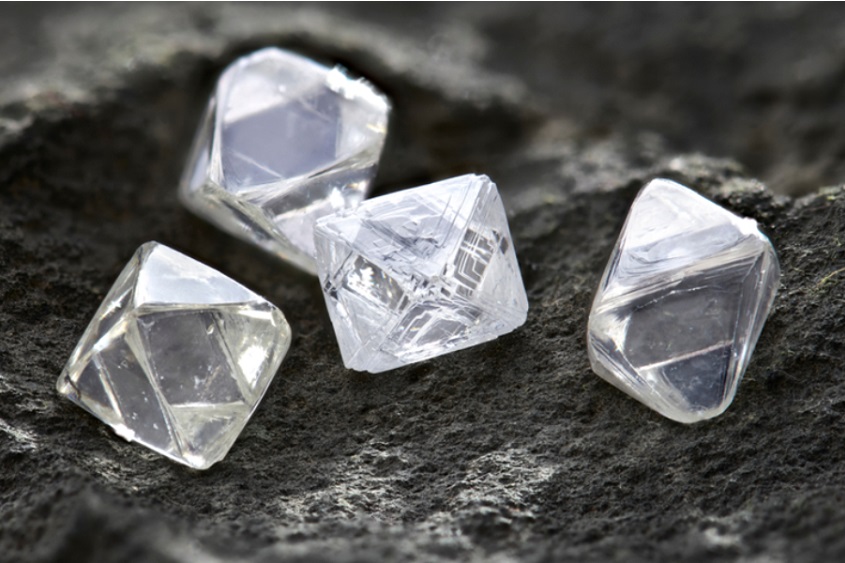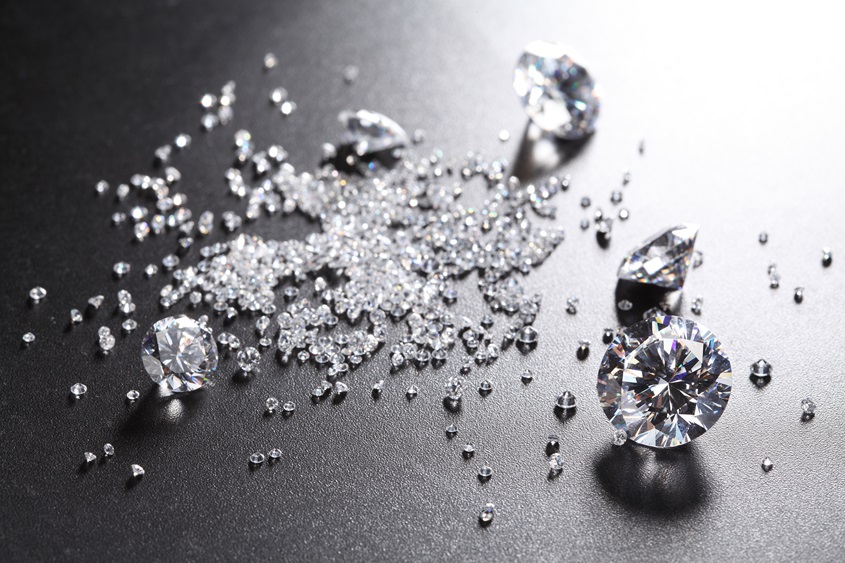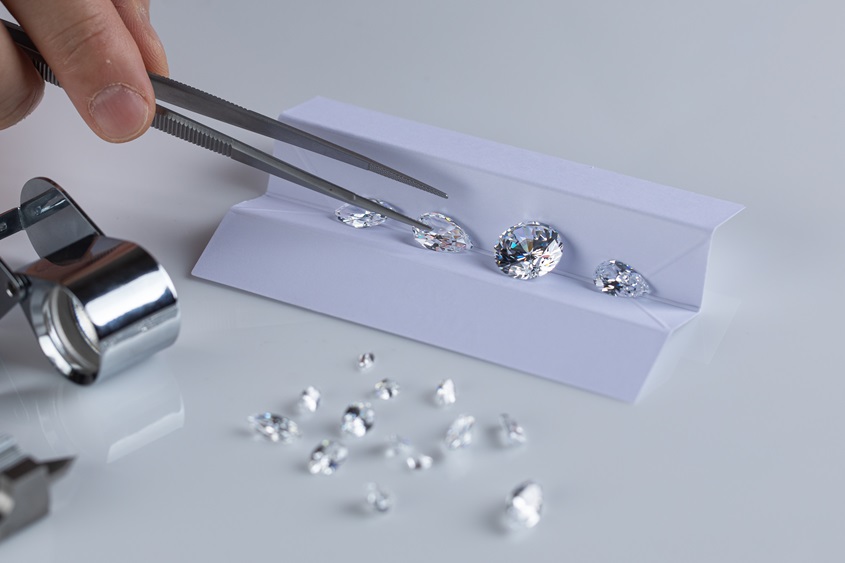Today marks the celebration of International Women’s Day, which recognizes the social, economic, cultural, and political accomplishments of women worldwide.
In the diamond industry, women have come to play a crucial role, challenging traditional perceptions of it being a male-dominated field.
To commemorate International Women’s Day, we had the privilege of interviewing Feriel Zerouki, Senior Vice President of Corporate Affairs at De Beers Group and the incoming president of the WDC, one of the most accomplished women in our industry.
In our conversation, we discussed the obstacles faced by women, specifically in the diamond industry, and the progress they have achieved over the years. We also delved into ways we can advance towards gender equality in the diamond industry and business in general.
Feriel, we appreciate you taking the time to participate in this conversation. The number of women in senior positions in the diamond industry remains low. Is this indicative of challenges faced by women in the industry, and if so, what factors contribute to this trend?
As is the case with many industries, the current low representation of women in senior roles in the diamond industry is due to a combination of systemic and historic factors. Many of the professions that make up the industry, such as those in mining, cutting and polishing, and trading, are roles that have traditionally been dominated by men, which can lead to a culture that feels less welcoming to women.
While it’s heartening that significant progress has been made to encourage more women to the industry, engage young women in STEM disciplines, and build more diverse and inclusive workplaces, there is still a legacy challenge of less women working in the industry than men and this has led to a smaller talent pipeline of women coming through to senior levels.
But this is only one part of the challenge. We must also acknowledge that even for women working in the industry, there are barriers that can prevent them from progressing to more senior roles. These s societal factors whereby women are still largely seen as primary care givers in their families, which can impact their career progression as they take on increased responsibilities outside of work.

Addressing these challenges therefore requires a holistic approach that encompasses a focus on inclusive organizational cultures, diversity-enhancing internal policies and procedures, and more progressive working arrangements with a focus on flexibility.
What strategies can women employ to advance their careers in the diamond industry
There are some clear differences in how women and men in general terms approach their careers and in particular, career progression. Research shows that women can often be less confident in putting themselves forward for opportunities or promotions for fear that they may not tick all the boxes of what is required for the role.
There’s the well-known adage where a man will look at job criteria and feel he can address 7 out of 10 requirements and applies for the role, whereas a woman who addresses the same criteria will feel she’s unqualified and not apply. So I think women should feel empowered to put themselves forward for opportunities and be more vocal in communicating their achievements, but this needs to go hand-in-hand with organizational cultures that recognize that women and men can be different in their approaches to career progression, and to actively seek out and develop high performing women in the business.
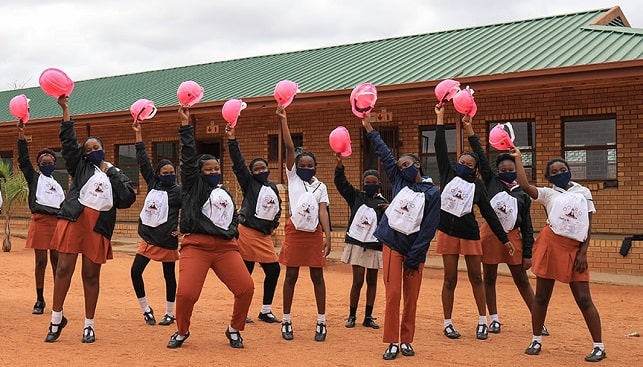
I’d also advise women who are wanting to advance their careers to reach out to other women leaders, either in their own businesses or the industry more broadly, to gain their insights and perspectives. A respected mentor, whether a woman or a man, can also play a valuable role in helping guide career progression.
Do women in senior positions bring a unique perspective and skill set to the diamond industry that differs from their male counterparts?
Of course. Men and women do often bring different skill sets and perspectives and this is something that should be embraced and celebrated, as the industry can only benefit from it. There is a wealth of research that shows that more diverse businesses are also more resilient and perform better, so a lack of diversity is only holding us back as an industry. And when considering that women are overwhelmingly the end-clients for diamonds, the case for enhanced gender diversity in the businesses that shape the industry is even more compelling.
Does De Beers have an affirmative action policy in place to promote gender equity within the company management?
Yes. Increasing representation of women at all levels is a core priority for De Beers Group and particularly in senior roles as we know this is a key first step in building not only a more inclusive, but also a better performing business.
We recognize that setting formal commitments and linking these to business performance outcomes is one of the most effective ways to drive progress, as it unites our global business behind a common focus. We first formalized our commitments to advancing women within De Beers in 2017 when we announced a global partnership with UN Women. At that time, our goal was to achieve parity in the appointment rate of women into senior leadership roles within three years.
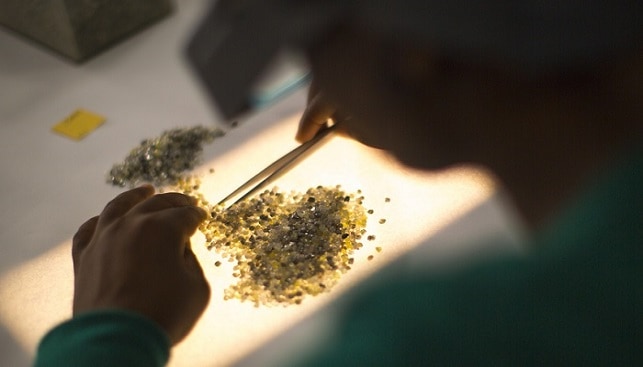
We made good progress on the appointment rate and also achieved an increase in the overall number of women in leadership roles, which is now at 33% compared with 17% in 2017.
In 2020, we extended our ambition further when we announced our sustainability goals for the decade to 2030, with a commitment to achieve gender parity across our global workforce.
We’ve been deliberate in our approach to achieve our goals and improve inclusion and diversity across the business. This has included launching a reciprocal mentoring program, focusing on talent development and succession planning, delivering unconscious bias training, establishing an Equity, Diversity and Inclusion Council and running an all-employee education campaign.
At the outset of your career in the diamond industry, did you experience any discriminatory treatment due to your gender? If so, can you share any specific anecdotes or insights from this time?
I’ve worked in the diamond industry for nearly two decades and I’m sure like many women paving their careers in traditionally male-driven sectors over that time, I’ve experienced my share of discrimination, whether deliberate or unconscious, due to my gender.
I would regularly be the only woman in the room and often asked to prep the print-outs, take minutes, or get coffee as it was assumed that was my role.
After having my daughter, I also found it challenging to manage my career whilst trying to be a good mother. I often think women were expected to make a choice between career or motherhood, as there was less flexibility or support from workplaces at the time my daughter was born.
I’m glad to see that is now changing. However, I still think it’s an extremely hard balance for all parents, and particularly mothers given the traditional societal expectations of their role. I’m often asked, ‘how do you do it?’. The truth is that although it may look like some of us have figured it out, we still haven’t. I think it will always be a challenge to achieve an optimal balance, but it’s heartening to see this becoming a subject that’s widely discussed and considered, not just for mothers but for fathers also, as a more equal division of responsibility outside of work is such a key enabler for women to progress in their careers.
I can say with absolute certainty that I would not have reached where I am today without the care and support of my husband.
What advice would you give to women who are interested in pursuing a career in the diamond industry?
The challenges I have faced are not unique to the diamond industry, but within this industry a lot has changed and I see a strong push both within De Beers and the wider industry to support inclusion and diversity. There is a concerted effort to advance women and include diversity in senior leadership positions, and most people I speak with are keen to learn more about why this is important and see the benefit.
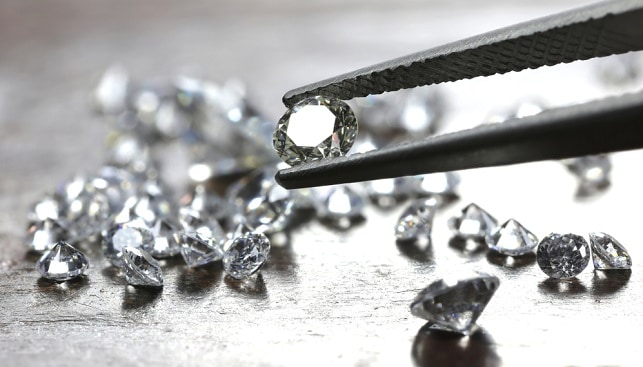
So there have been some positive movements, but I often still find myself in the minority on many industry boards. We need to be more intentional about diversity, and not just from a gender perspective but in all areas including race, culture and identity. This will require more public commitments and targets for some time; however, I look forward to the day where diversity and equal representation of women is business as usual, and not a target. So I advise women to get involved, and look for opportunities to join the leadership teams that drive the industry.
As the current Vice President of WDC, and the next WDC President, can you share your plans for the future of the organization, and how do you intend to bring diverse perspectives to this important position?
The WDC has transformed under Edward Asscher, Elodie Daguzan and our Board. We have been actively bringing in new members to our taskforce and pushing for diversity within the organization.
I plan to build on this further, as I’m certain this will only strengthen our position to influence positive change within the Kimberley Process. Our differences in gender, culture and religion are our strengths and help us understand challenges and opportunities from many different lenses.
We have a huge task ahead of us over the next few years as the KP enters into another review and reform cycle, which will require a great deal of understanding, negotiations and diplomacy. So we must communicate from a place of understanding the views of all participants, which comprise 85 countries, to bring along change and this can only succeed if we internally encourage diverse views in order to succeed together.
